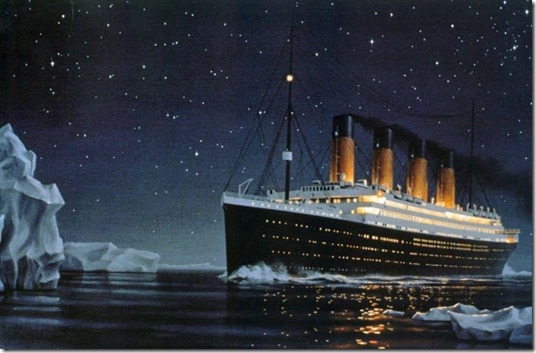Seth Godin’s post “Telescopes and Microscopes” frames these two tools as devices for looking at opportunity and risk…
- “It pays to look at opportunity with a telescope. It’s real, but it’s distant. The telescope brings it into focus and helps you find your way there. Telescopes are easy to find if you look for them. And it often pays to look at trouble with a microscope. Not to get intimidated by the amorphous blob that could snuff out your dreams, but instead to look at the tiny component parts, learning how it is constructed and taking away its power. Once you realize how it’s built, you can deal with it.”
Seth is sort of saying “Leaders use telescopes, Managers use microscopes” The metaphor is useful and appealing, but I’m not sure (like most analogies) it stands up comprehensively. I think that Managers (avoiding downsides) benefit from telescopes as well. Most infamously, the night watch on the Titanic (which sank 107 years ago today) could definitely have used a telescope. I also think that Leaders can dissect their current product or organisation for improvement opportunities as well (data mining and Six Sigma have been prominent examples of this).
This distinction was echoes by Warren Bennis in his seminal work (and part inspiration for this blog theme) with which I also take issue: “The manager has her eye always on the bottom line; the leader has her eye on the horizon.”
The major difference between a telescope and microscope is magnitude. And opportunities and downsides can be large and they can be small.”

One comment
Do you want to comment?
Comments RSS and TrackBack URI
Trackbacks